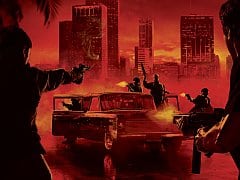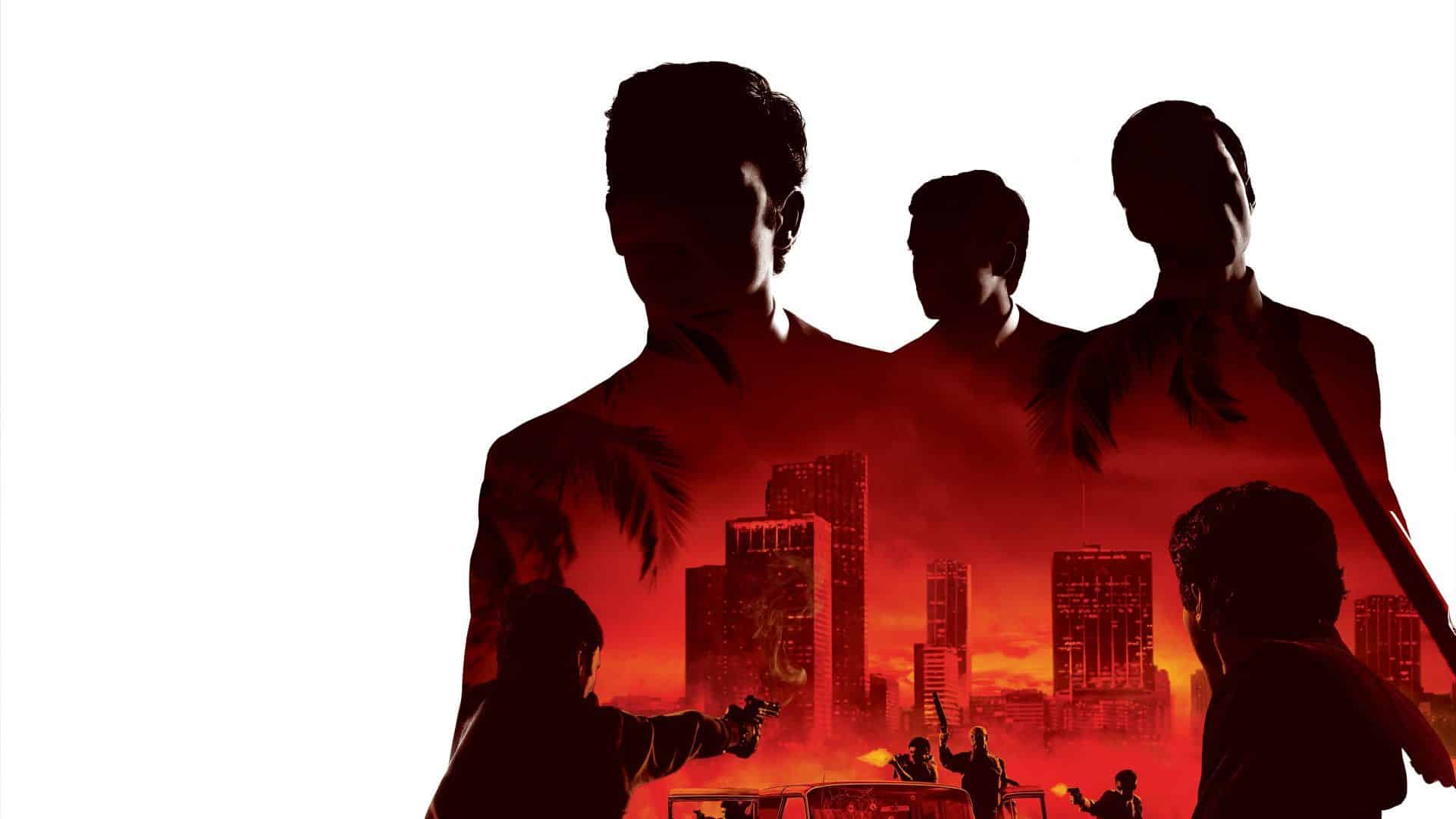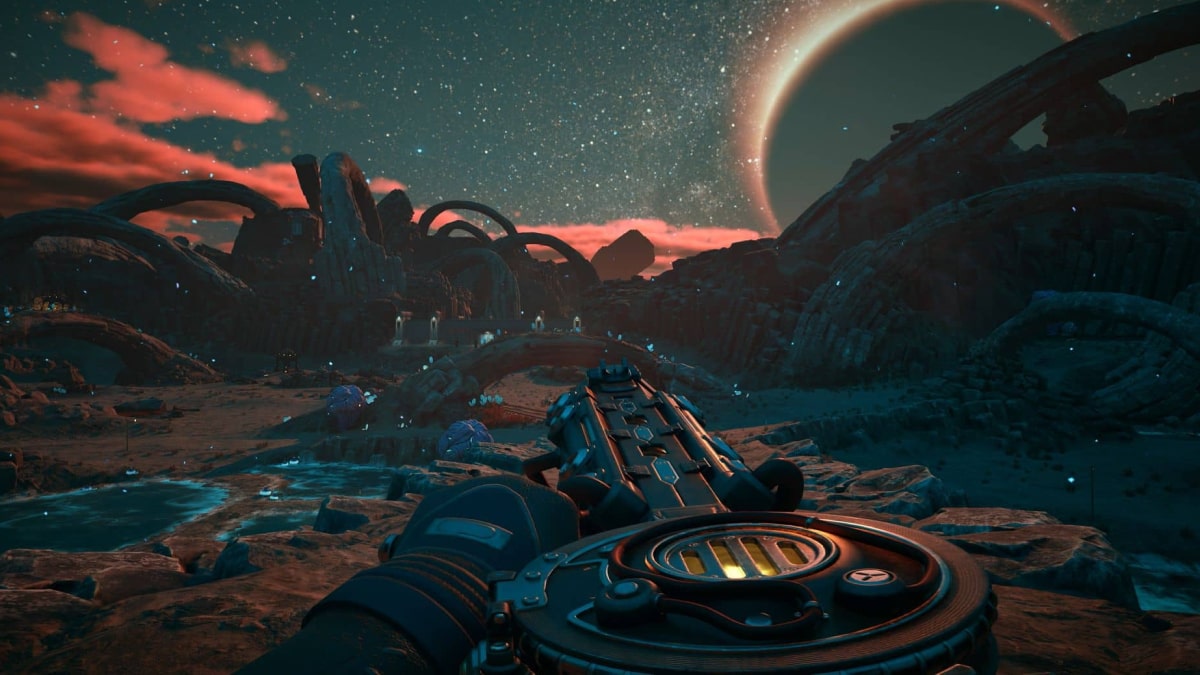You can trust VideoGamer. Our team of gaming experts spend hours testing and reviewing the latest games, to ensure you're reading the most comprehensive guide possible. Rest assured, all imagery and advice is unique and original. Check out how we test and review games here
Francis Ford Coppola’s The Godfather Part II is widely regarded to be one of the best films of all time – a gangster epic that arguably supersedes its celebrated forebear. While EA’s Godfather II takes a fair amount of inspiration from this masterful source, it’s far more of a direct follow-up to the developer’s previous game – a surprisingly enjoyable GTA clone. But while there’s certainly some fun to be had with this second delving into the underworld of the Corleone family, this is ultimately a sequel that fails to mirror the eclipsing success of its cinematic cousin.
As with the first game, this is an open-world action title in which the player controls a gangster of their own design, a new character named Dominic who works for and alongside the iconic mobster from the films. Last time around your criminal activities were solely constrained to New York, but now you’ll also find yourself waging gang wars in Florida and Cuba. That’s not the only change either: while the last game saw you shooting and maiming your way up the mafia hierarchy until you reached the rank of Don, this time you begin the game as the head of your own mini-family.
In simple terms, what this means is that you now have a bunch of guys who can back you or go out to carry out your dirty work for you. At the start of the game you’ll just have one soldier to follow you around, but eventually you’ll end up with a group of seven: one underboss, two caporegimes and four soldiers. Your made men can be upgraded by taking them out to play in Godfather II’s multiplayer mode, and all of them have certain specialisms that can assist you in your bread-and-butter activity: taking over properties throughout the three game worlds.
While there’s certainly a plot to Godfather II, one that very loosely follows the non-flashback scenes of the film, the vast majority of the game is spent building your criminal empire by seizing property from rival families. As you might expect, these acquisitions lend new meaning to the term “hostile”. You rock up at a place of business, perhaps with a few goons in tow, then murder all the guards in the area. Once the coast is clear you have to intimidate the owner into submitting to your protection. There are various ways to do this, from smashing up stock to pointing a gun at the boss’ head, but the most fun methods involve hand-to-hand combat. The Black Hand control scheme from the last game makes a welcome return here: by pulling both triggers your mobster will grab ahold of his unfortunate victim, allowing you to dish out a range of unpleasant beatings. The right stick is used to dish out headbutts and knee-blows, while the left can be used to hurl your opponent around – slamming him into furniture, or leaning him out over dizzying drops.
Assuming you don’t push the owner too far (or kill him), the property will eventually become yours. There are two kinds of structures in the world of Godfather 2: primary businesses that generate cash, and store fronts that launder your ill-gotten gains. While the latter merely act as a sort of multiplier to your income, the former provide you with a steady stream of funds and eventually grant access to a range of bonuses. Once you control all the properties in a given Crime Ring, you’ll be given some kind of related reward – bigger ammo belts, bullet proof vests and armoured cars. Needless to say, these aids make your life that little bit easier.
Unfortunately for you, your rival crime families aren’t too happy to go down without a fight. Other mob factions are just as keen to rule the roost, and they’ll do their best to take properties back from you. You’re able to use your cash to hire guards at each location, but if they get attacked it’s not a bad idea to send one or two of your family members to help out the defenders. You could just go yourself, but since you’re probably busy it’s quite pleasant to be able to get someone else to do your dirty work. Hitting the start button summons the Don’s View – a rather smart 3D map screen that shows who owns what. From here you can order your made men to carry out takeover attempts on rival properties, or attempt to have them bombed; this disables the building in question, and can be used to temporarily remove a Crime Ring bonus from your enemies.
Aside from property takeovers, each city is filled with people who need favours. By chatting to these members of the public, you can agree to do mini side quests (kill this man, steal this object) that will either give you hard cash or information on your enemies. Like you, your rival godfathers have families of mobsters who sometimes accompany the rank-and-file thugs on their takeover attempts. Normally if you kill one of these guys, they’ll just be taken out of the game for a bit and then later re-appear – but if you learn the unique way to kill them, it’s possible to permanently rub them out. A second tier of side quests, dished out by senators and other public authority figures, will give you access to minor favours that can be called in at any time: union bosses will repair your bombed buildings quickly, lawyers will arrest your enemies and bent cops can remove your wanted level when you get in trouble with the police.
It all sounds pretty innovative, and to an extent it is; you certainly can’t accuse EA of pushing out yet another GTA rip-off. Storming businesses and conquering crime rings is great fun in short bursts, but unfortunately this is all the game has to offer. While there are quite a few story missions to complete, they invariably consist of a short cutscene followed by a quick jaunt to kill someone or pick something up. The rest of the time you’ll be taking over someone’s business, and while it’s undeniably fun to storm a porn studio / building site / drug den with a tommy gun blazing, it gets pretty old when you do it eight times in the space of an hour. It doesn’t help that your mobsters’ specialisms only ever do two things: they either destroy something, or they help you to get past some form of barrier – usually a locked door or a safe. This might sound pretty useful, but there’s a complete lack of logic to the way this mechanic is employed. Some doors can only be opened with bombs, others can only be opened by strongmen – or even more bizarrely, by safecrackers. Your mate might be holding enough explosives to blow up half of Florida, but he won’t be able to get past a door that can be pushed down by a bloke with big arms.
In practice, this results in a situation where you dash in to a property, gun down a dozen guards and then look for the magic door that will lead you to the owner. At this point you instantly summon whichever guy is needed for the job, get him to open the door, then dismiss him again… unless you don’t happen to have the required thug in your family, in which case you go cruising about Miami looking for the one man strong enough to break into a garage. Even when you do have the right man for the job, you may find yourself pulling your hair out at the layout of the building you’re in. The smaller ones in New York are fine, but as soon as you arrive in Florida you’ll start to encounter larger structures with multiple levels and rooms. In theory this should be a good thing, but for some reason the game seems very reticent to give you any freedom of movement. You’ll frequently find yourself being channelled through long and windy paths, with random scenery items blocking your way – and since Dominic is incapable of stepping over two-feet tall barriers, let alone jumping, you’re forced to follow the game’s lead.
There’s a similar lack of freedom in the three worlds on offer. The first, New York, can be forgiven for being so small since it’s essentially the tutorial; Florida (Miami) and Havana are much larger, but they still seem strangely determined to tie down your roaming: the “cities” are divided up into smaller play areas, separated by large highways and areas of water, while most property locations have large, impassable fences surrounding their perimeter. There are no shortcuts to be found, and if a building serves no in-game purpose then it’s unlikely to be worth a second look. In short, the three stages don’t feel like cities at all. GTA IV’s Liberty City has raised the standards for virtual urban sprawls, and these hemmed-in play pens look pretty shameful by comparison.
Such is the fun of property raiding that initially you might not notice these limitations, but they will make themselves known eventually. When they do, you might start to question a few other things. Why, for example, is a mafia Don running up to civilians and asking to do them favours? Shouldn’t they be coming to you on their knees, begging for your help? For that matter, how the hell did they acquire this valuable information about professional criminals? Why does Nancy the typist know that Frankie “Mad Fingers” Carbone can only be killed by Molotov cocktails? Don’t even get me started on the occasion on which a member of the public asked me, the man who rules New York, to firebomb one of the shops I owned. “Don’t worry if someone asks you to destroy one of your own properties,” explained the in-game tutorial. “It’s only business!” Alan Sugar wouldn’t approve of this kind of business, and neither would Vito Corleone.
Aside from these failings, Godfather II isn’t that bad a game. The graphics aren’t too shabby, the period details are nice (check out the terrible ’70s haircuts) and the vast majority of the voice acting is rather good – although the lip-synching is all over the place. On the flipside, there’s an unpleasant tendency for objects to spawn in front of you, or to disappear completely: one random vehicle vanished two seconds after I smacked into it; I’m not sure how the driver did this, but it would be a neat trick for avoiding an argument over car insurance. The other major problem is that the game as a whole is pretty short: You can get through the game in about 10 to 12 hours, maybe less if your work swiftly, and once you’re done there’s really not much left to play for.
Okay, so there’s a multiplayer mode – but this really leaves a lot to be desired. It’s essentially just another run-and-gun deathmatch game, with the mild twist that you control one of the minor members of your mafia family. If they do well online, they’ll have better weapons skills in the main game. It’s a nice idea, but unfortunately the whole idea is violently sodomised by the specialisms mechanic. Your mobsters’ special skills carry across into the multiplayer sphere, and sometimes these abilities will be crucial for winning a match. In assault mode, players try to blow up each other’s bases, and you can probably guess what happens in a Safecracker round. The fatal flaw is that most mobsters only have one or two skills, and at the moment there’s no system to ensure that both teams receive a balanced mix. Imagine playing a Safecracker match where one side has four people who can actually open a vault, and the other has just one. Victory is all but impossible if you’re on the wrong side of this imbalance, and the resulting game is as much fun as a solid kick in the nuts.
It’s a shame really, as it’s an interesting idea to link the single and multiplayer games in this way. But then that’s this game all over – decent ideas married to some questionable execution. In short doses Godfather II can be an absolute hoot, but sadly its shortcomings become more and more obvious the longer you spend with it. It’s not a terrible game by any means, but when compared to GTA IV and Saints Row 2 – or even to the DS delights of Chinatown Wars – it’s clear that there are better offerings in the genre. Hardcore gangster lovers will get some pleasure from it, but it’s probably worth renting before you commit your cash.

/https://oimg.videogamer.com/images/c4f0/the_godfather_ii_27.jpg)
/https://oimg.videogamer.com/images/a459/the_godfather_ii_25.jpg)






